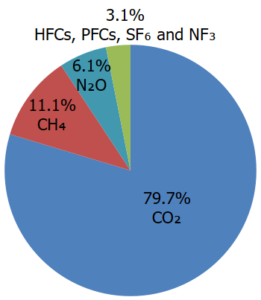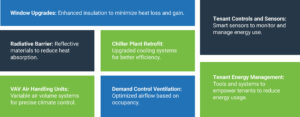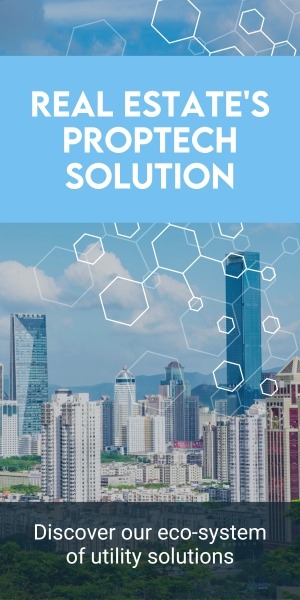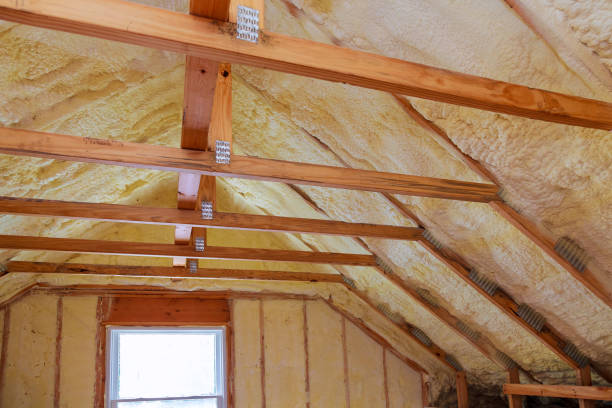When a skyscraper decides to go green, the impact is monumental. The Empire State Building, an emblem of architectural prowess, is now at the forefront of the sustainability movement, significantly reducing its greenhouse gas (GHG) emissions. Buildings responsible for 39% of global energy-related emissions, and by cutting its GHG emissions by 54%, the iconic structure is proving that even giants can tread lightly on the earth.
What are GHG Emissions?
The Environmental Protection Agency (EPA) defines GHG emissions as gasses that trap heat in the atmosphere, leading to environmental issues like rising global temperatures and sea levels. These emissions primarily consist of carbon dioxide, methane, nitrous oxide, and fluorinated gasses.
GHG emissions generated by organizations and their buildings fall into three categories: Scope I, Scope II, and Scope III.
- Scope I: Direct emissions from owned or controlled sources.
- Scope II: Indirect emissions from the generation of purchased electricity, steam, heating, and cooling.
- Scope III: All other indirect emissions that occur in a company’s value chain.
We delved into these categories in “Quantify Your Footprint: First Step to Solving the Climate Risk Puzzle”.

The Empire State Building: A Case Study in GHG Emissions Reduction

Curious about how you can reduce GHG emissions at your properties? Let’s explore a remarkable case study: The Empire State Building in New York City.
Standing 1,454 feet tall, the Empire State Building is an iconic symbol of innovation and the heart of New York City. Once the tallest building in the world, this office building has graced numerous films and continues to represent the city’s spirit. Fun fact: its name comes from New York’s nickname, “The Empire State.”

The Empire State Building team embarked on a deep energy retrofit with a dual focus on sustainability and education, aiming to set a global example. A deep energy retrofit involves comprehensive renovations to drastically reduce a building’s energy consumption. When multiple retrofits are implemented together, the impact on GHG emissions can be significant.
The team set a GHG emissions reduction goal of 75% by 2050 and designed the retrofits to help them meet this goal for construction and building operations.
The Goals:
- Reduce GHG Emissions by 75% by 2050
- Enhance Tenant Experience
The Retrofit Strategies:

The Results:
- GHG Emissions Reduction: 54%
- Annual Savings: $4 million
- Renewable Energy: Powered by 100% renewable energy since 2011
- Carbon Neutral Goal: 2030
The transformation is a powerful example of how strategic planning can drive meaningful changes, reducing GHG emissions and contributing to a sustainable future. The Empire State Building proves that with the right approach, even the most iconic structures can lead the way in environmental stewardship. For a detailed snapshot of the results and objectives of this deep retrofit, check out this interview with the Empire State Realty Trust (ESRT) team in Sustainability Magazine.
Inspired to embark on your own GHG emissions reduction journey? Explore other resources like DSIR, IRA, and the Retrofit Playbook to get started.
Then, let Conservice guide you through the process. Contact us today to learn more.







